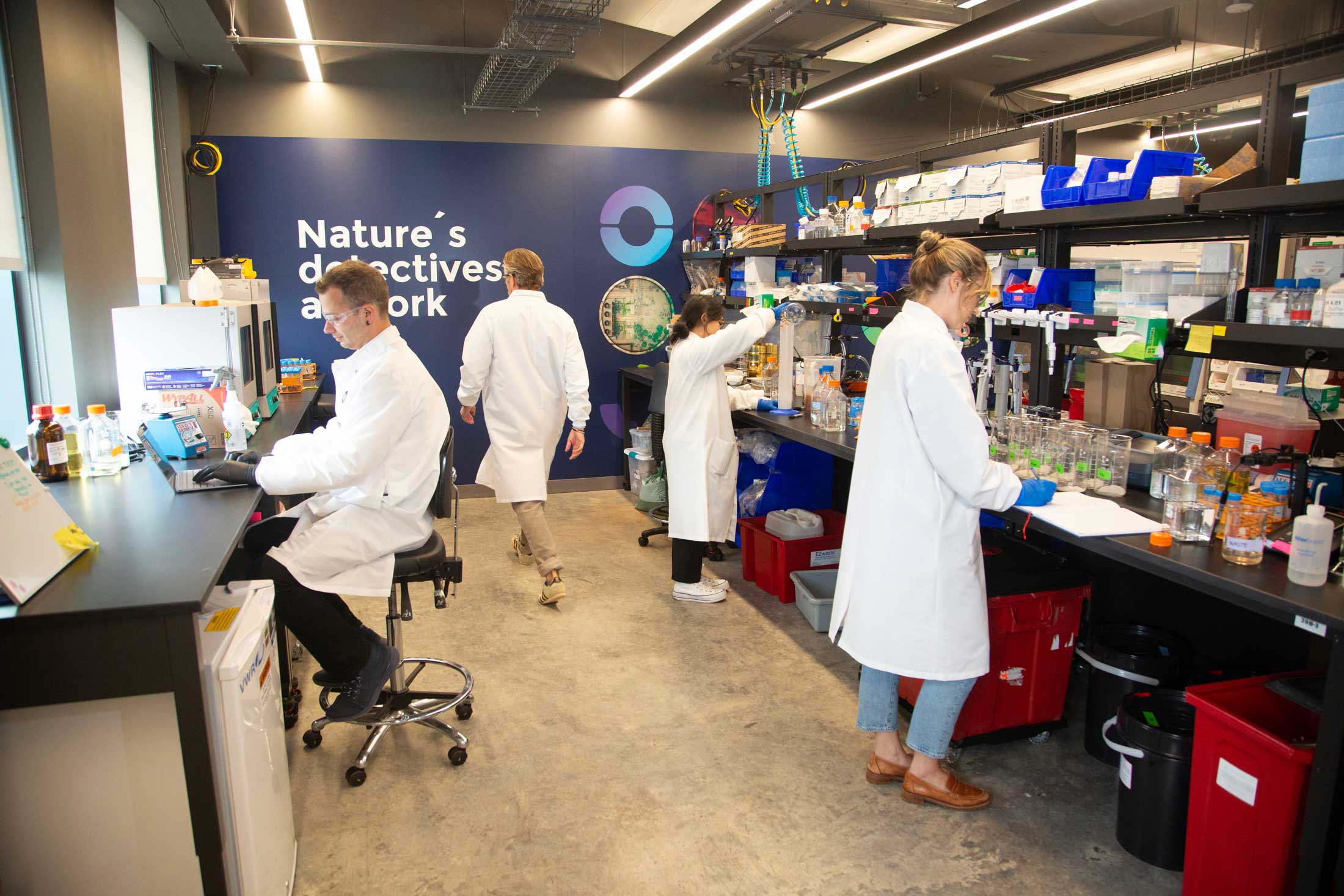Ai Digital Biology
New AI Tool Tracks Your Location Using Microbiome Data from Bacteria
A research team has unlocked the potential to map human movements through microbial "fingerprints," marking a major advance in medicine and forensics
Nov 13, 2024
[metamorworks/ Canva]
A research team from Lund University in Sweden has created an AI tool to trace the last places someone has visited by analyzing microorganisms. Much like a navigation system, this tool doesn’t direct you to a destination but instead identifies where specific bacteria originated geographically.
This breakthrough means that by studying bacteria, researchers can deduce whether someone recently visited the beach, walked in the woods, or traveled through a city center. Such capabilities hold promise for applications in medicine, epidemiology, and forensic science.
Microorganisms, including bacteria, are tiny life forms invisible to the naked eye. The term "microbiome" refers to the collective microorganisms found in a specific environment. Determining the geographic origin of a microbiome sample has historically been challenging.
In a study published in Genome Biology and Evolution, the team introduced a Microbiome Geographic Population Structure (mGPS) tool. Using advanced AI technology, this tool can localize samples to particular regions, countries, cities, and even bodies of water.
The researchers found that unique populations of bacteria exist in different locations. When someone touches a surface, like a handrail at a bus stop or train station, they pick up bacteria unique to that area, which can be traced back to that location.
"In contrast to human DNA, the human microbiome changes constantly when we come into contact with different environments," explains Eran Elhaik, a biology researcher at Lund University who led the study. "By tracing where your microorganisms have been recently, we can understand the spread of disease, identify potential sources of infection and localize the emergence of microbial resistance. This tracing also provides forensic keys that can be used in criminal investigations."
To understand how the tool works, it’s important to know that microbial communities have geographic distinctions similar to human populations. While some microbiome data is widespread, other data is specific to certain regions or settings. The team focused on these “microbial fingerprints” as a means of identification.
"We analyzed extensive datasets of microbiome samples from urban environments, soil, and marine ecosystems and trained an AI model to identify the unique proportions of these fingerprints and link them to geographical coordinates. The results turned out to be a very powerful tool that can pinpoint the source site of a microbiome sample with impressive precision," says Elhaik.
The research team gathered a vast collection of microbiome samples, including 4,135 samples from public transit systems in 53 cities, 237 soil samples from 18 countries, and 131 marine samples from nine different water bodies. They identified the city source for 92% of urban samples.
In Hong Kong, the team determined the specific underground station samples came from with 82% accuracy. In New York City, mGPS could distinguish between the microbiomes of a kiosk and nearby handrails just a meter apart. Elhaik is optimistic about future applications, saying that increasing microbiome data could lead to more forensic breakthroughs.
"We have only just begun to understand the relationship between microorganisms and environment. We are now planning to map the microbiome of entire cities, which could be a boost for forensic investigations and let us get to know the organisms that inhabit our streets, gardens, skin, and bodies," he says.


















